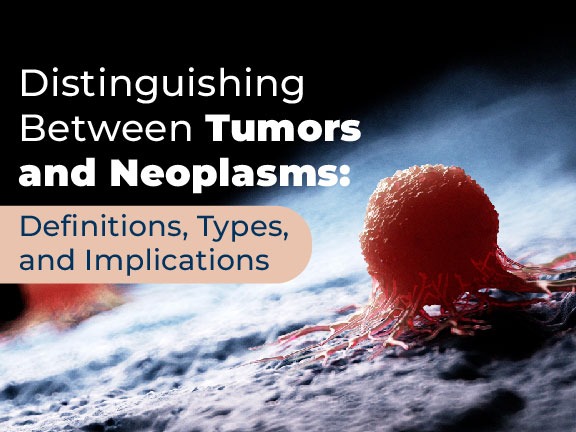ATTR amyloidosis is a type of amyloidosis where the protein transthyretin (TTR) misfolds and accumulates in various organs, including the heart, nerves, and gastrointestinal system. This condition can be hereditary (hATTR) or wild-type (wtATTR), with the former being passed down through families and the latter occurring spontaneously, typically in older adults.
ATTR amyloidosis represents a challenging and complex disease, requiring a multidisciplinary approach for effective management. The impact on patients’ quality of life can be significant, with symptoms ranging from peripheral neuropathy to severe heart failure. As awareness and understanding of this condition grow, so do the options for treatment and management. Advances in genetic testing have made it easier to identify hATTR amyloidosis, leading to earlier diagnosis and treatment. For those with wtATTR, which typically affects the heart, recent developments in non-invasive imaging techniques have improved diagnostic accuracy, allowing for more targeted and effective treatments. The goal of therapy in ATTR amyloidosis is not only to slow disease progression but also to alleviate symptoms and improve overall quality of life for patients.
Symptoms ATTR vary widely depending on the organs affected but may include neuropathy, cardiomyopathy, and gastrointestinal issues. Diagnosis involves a combination of clinical evaluation, genetic testing for those suspected of having hATTR, and imaging studies such as echocardiography and nuclear scans to assess organ involvement. Treatment focuses on stabilizing the TTR protein to prevent further amyloid deposition, with options including TTR stabilizers like tafamidis and diflunisal, and in some cases, liver transplantation for hATTR to remove the primary source of mutant TTR production.
AATR Amyloidosis Treatment
ATTR amyloidosis is a condition characterized by the accumulation of transthyretin (TTR) protein in various organs, most notably in the heart and nerves. This disease with the latter often affecting the elderly population. The symptoms of ATTR amyloidosis are diverse, depending on the organs involved, but when the heart is affected, it leads to a specific form of cardiomyopathy known as ATTR-CM (transthyretin cardiac amyloidosis). This condition severely impacts cardiac function. This can lead to heart failure if not properly managed.
The symptoms of ATTR amyloidosis can range from cardiac issues like heart palpitations and shortness of breath to musculoskeletalproblems such as trigger finger. Understanding the symptoms of this condition is crucial for timely and accurate diagnosis. Cardiomyopathy associated with ATTR amyloidosis requires a focused approach for treatment, especially considering the unique challenges posed by the protein misfolding and deposition process.
For patients with TTR amyloidosis, the treatment landscape has evolved significantly. The primary goal of TTR treatment is to stabilize the TTR protein, preventing it from misfolding and forming amyloid fibrils. Options include TTR stabilizers like tafamidis, which have shown promise in slowing the progression of cardiomyopathy and improving quality of life for patients with ATTR-CM.
When discussing wild-type ATTR amyloidosis life expectancy it’s important to note that advancements in treatment have led to improved outcomes and longer survival rates for patients. However, early detection and intervention remain key factors in managing the disease effectively.
The diagnosis of TTR amyloidosis involves a combination of clinical evaluation, imaging studies, and laboratory tests. The TTR amyloidosis ICD-10 code provides a standardized way to classify and track this condition within healthcare systems, aiding in the epidemiological study and management of the disease.












